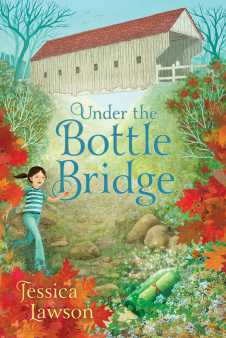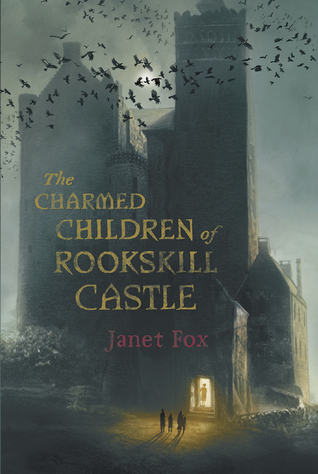Living alone (currently), the majority of tabletop games I play are solo as I frequently can’t play with my sister or friends for group games. As such, games with solo modes are great, but what’s even better are completely solo-oriented games. There aren’t many, but today I want to talk about Hostage Negotiator and its stand-alone expansion Crime Wave.
I actually first heard about this game when Crime Wave was on Kickstarter, and it seemed interesting enough that I backed it for the whole shebang (what a surprise, haha). The full package came with both games as well as all the individual packs that have been released (and some that were new with the KS). All in all, a lot of content. Today’s review is only going to cover the content in each main game, though, as I haven’t tried the abductor packs or demand pack additional cards. They do really look fun, though!

Game: Hostage Negotiator and Crime Wave
Publisher: Van Ryder Games
Designer: A. J. Porfirio
Main Game Mechanisms: Dice rolling, hand management, card drafting
Number of Players: 1
Game Time: 20 minutes
Description:
Hostage Negotiator is a solitaire game where you are a police negotiator trying to save hostages from an abductor. Each abductor has an amount of hostages they start with, a threat level to begin the game, and usually a special effect active for the session. To win the game, you must rescue at least half the hostages and capture or eliminate the abductor. But watch out, if you eliminate the abductor while hostages are still in the pool, the 2nd in Command will then take over and they don’t play games. You lose at anytime if more than half of the hostages are killed, the abductor escapes (which can happen from various effects), or if you fail to meet the win condition by the end of the last turn.
The game begins by choosing an abductor and setting out the Demands, hostages, and threat level they start with per their card. Demands start face-down and you have to reveal them (via card effect) to find out what the abductor wants. Major Demands, specific and thematic to abductors, usually cost conversation points to concede for a powerful but temporary benefit, but then most have a permanent drawback active for the rest of the game. Choose wisely when and if to concede these. Most abductors also have Escape Demands which give you a benefit for conceding but if you don’t win the game by the end of that turn the abductor escapes and you lose.
The threat level controls several things. First, it dictates the default number of dice you can roll. The higher the threat level, the less dice you have to roll, so the tougher things get. There are other effects that can increase or decrease your available dice as well, though you always roll at least 1 die. Second, it can affect the hostages. Get the threat level all the way down and any further threat decreases will rescue hostages. If the threat level gets maxed out, however, any further increases (and there are a lot) will each kill a hostage instead. This can end the game rapidly for you if you can’t get the threat level back down.

These custom meeples for the abductors and negotiators are not included with any version of the game, they were a special KS-related project from Meeple Source. I’m not sure the availability of these outside HN KS projects. But they look awesome!
Each turn of the game consists of a few phases. First is the Conversation Phase where you play cards from your hand and make threat rolls to resolve them. Cards have various effects from altering the threat meter to rescuing hostages to generating conversation points. Some even let you use more dice for a brief period or give you other benefits (like eliminating the abductor). Next is the Spend Phase where you use the conversation points earned in the previous phase to buy available conversation cards. All conversation cards are always available on the table except the cards you just played this turn, they go back to their piles at the end of the turn. You can buy any number and combination of cards as long as the total cost is not greater than your available conversation points. Any unspent points are lots, you can’t save them for future turns.
Finally you have the Terror Phase where you flip and resolve the top card of the Terror Deck. These cards are almost always detrimental and can increase the threat level, kill or add more hostages, add Minor Demands (which can be conceded for a benefit like other Demands but don’t generally have drawbacks), and various other nefarious things. The bottom card of the Terror Deck is the Pivotal card which usually adds an effect for the remainder of the game. When this card is revealed, you have one final turn to try and win the game. During this final turn the Spend Phase is combined with the Conversation Phase and you can spend conversation points at anytime to buy more cards to play (as it’s your last chance).
Crime Wave adds as much content as the base game with the same familiar mechanics but with a twist. It introduces alert markers which various cards will tell you to put places as reminders of ongoing or triggered effects. A Major Demand might tell you to put alert markers on the threat meter that trigger effects when the threat reaches that threshold, or a Terror card might instruct you to put one on the card to remind you of an ongoing effect. The alert markers are helpful reminders for some interesting new mechanics that spice things up.
Review:
I LOVE this game. I’ve only had it for a couple months but in that short time it has become my #2 favorite game (behind Legendary). It’s so thematic and everything meshes so well together. The dice rolling can be aggravatingly frustrating if you have bad luck like I do, but it goes right just enough to make things usually come down to the wire. Only a few times have I been halfway through the game and been in a place where I know I can’t win, most of the time it comes down to the last couple turns.
The abductors each have their own unique presence and mechanics and definitely make for a different game with each one you play. I’ve tried the 6 abductors that come with the base game and Crime Wave (3 each) and beaten most of them, and there are still the abductor packs and new cards from the Demand Pack to spice things up even further. There is SO much content in each of the offerings, let alone the prospect of combining them (which Crime Wave gives you instructions to do), that I think this game will still have surprises and freshness years from now (especially since they’re putting out new abductor packs over time as well, I think the 8th is coming out sometime later this year).
The game plays pretty quickly, too. I can usually get in 2-3 rounds on my hour lunch break at work. And the base game box is small and super portable so it’s great for taking with you. When this article goes live I’ll be just back from a long weekend trip that I will have brought this along to and I know I’m gonna pull it out at least a couple times if there’s downtime.

Conclusion:
If you are at all a solo gamer, or think you could be one in between group gaming sessions, I HIGHLY recommend getting this game and all related extra content (over time so your wallet can handle it, haha). The Crime Wave box comes with enough room for all current content and much more, including a slot that fits the base game box so you can store it all together and then take the small box when you’re traveling.
The mechanics are tight and easy to learn but with enough depth to keep it interesting. There’s so much content in just the 2 big boxes. This game is great and I can’t sings its praises enough!
Game On!
Scott – The Solitary Meeple





